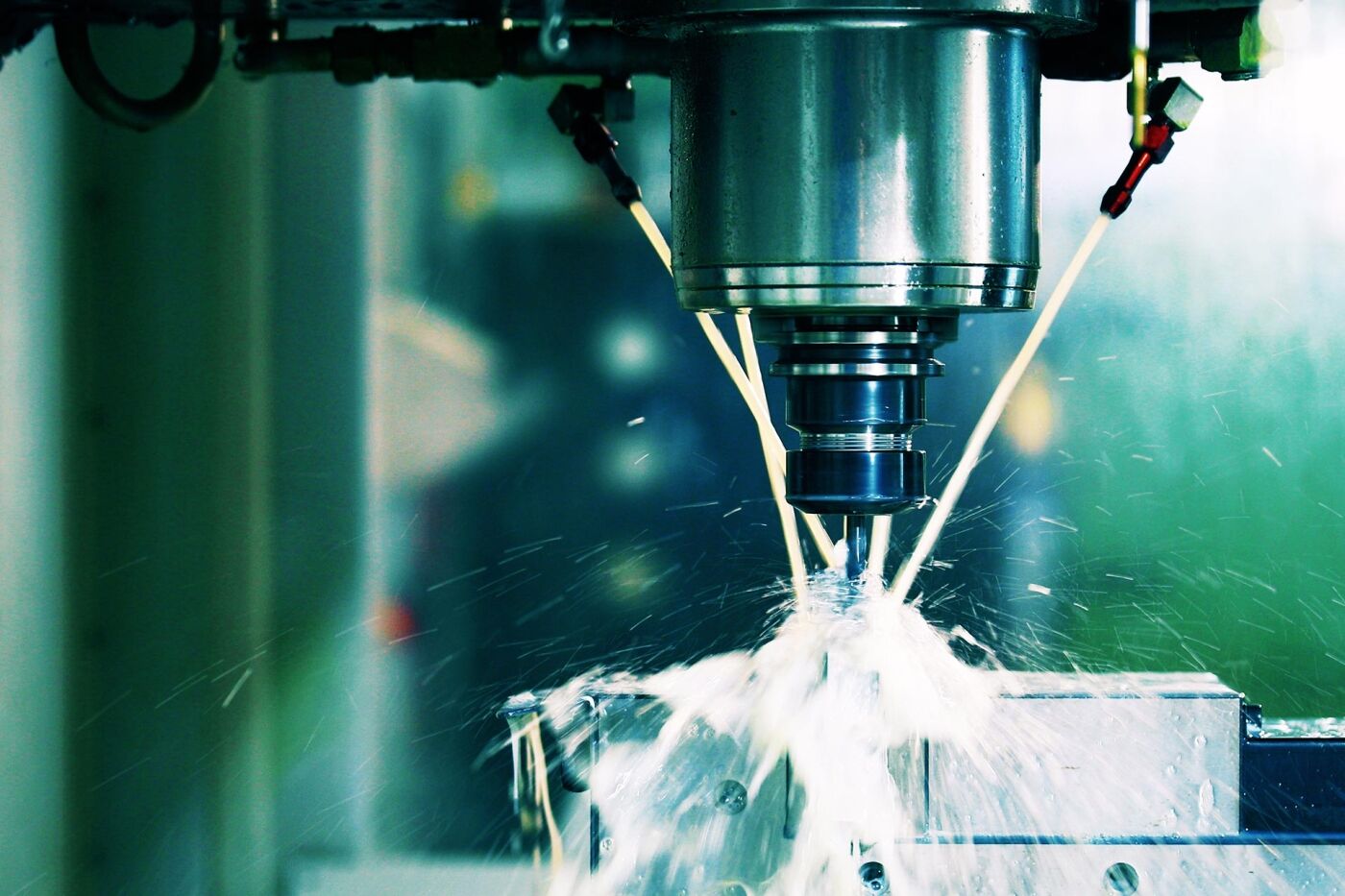For manufacturing, the Internet of Things promises to improve the performance of many aspects of the process of creating products. A concept known as Machine Vision (MV) can contribute by automating the analysis and inspection of products on a manufacturing line, leading to improvements in quality, cost, and timeliness. MV incorporates the concept of Computer Vision, which is the use of computers to extract information from digital images or videos.
There are many implementations of MV with diverse objectives. Taking a relatively straightforward scenario where using MV to analyze finished items at the end of a production line, the essential components are a camera and supporting software to inspect the images.
Possible quality checks on items are:
- Reading/Verifying Information:
- Dates/Date Codes
- Bar Codes
- Text
- Labels
- Things Not Properly Closed:
- Caps
- Lids
- Doors
- Hatches
- Gates
- Defects
- Scratches
- Dents
- Paint (coverage, overspray, color, etc.)
- Assembly
- Missing parts
- Placement of parts, modules, etc
- Presence of screws, fasteners, welds, etc
- Sizes/Tolerances
For simple products, the MV solution’s sophistication could be relatively low (like simple monitoring to ensure the product is coming out on the line). A reasonably-priced camera with software supporting some simple pattern matching may meet the need. This level of solution can be very effective at replacing a monotonous human inspection. As the sophistication increases, deep learning is a prerequisite to use more elaborate models to analyze more complex products or when catching many types of defects in a single product is attempted (defects and assembly, for example).
Often the goal is for machine vision to perform sophisticated analysis to improve inspections. If humans are missing some defects, can automation do a better job? For these scenarios, the human element of quality control may remain at some level, complemented by MV, to jointly accomplish the goal of improving end products.
A big part of the automated inspection process is to capture information to make the analysis more meaningful to provide feedback to personnel who can improve the process. Potential data includes:
- Date/Time of Defect
- Type of Defect (When more than one is part of the solution)
- Number of “Good” Products
- Machine ID, Run ID, Operator ID, etc
- Speed of Operation (if it varies)
- Other environmental conditions (temperature, humidity, etc.)
In the best cases, a feedback loop to the operator(s) of the line elements is immediate. Staff can use this information to take action:
- Stop the Line
- Slow or Speed Up the Line
- Change Other Settings
- Change Raw Materials
- Check Raw Materials Flow or Level
The next level of sophistication is automating the feedback loop by stopping the line in response to a single defect or exceeding a tolerance. This level of automation could adjust machine settings without human intervention in more sophisticated implementations.
Machine vision can deliver significant returns, but implementations providing the most benefit can be complicated, multi-part projects with long timelines. As with any technology effort, adequate planning and requirements definition are critical for success.
